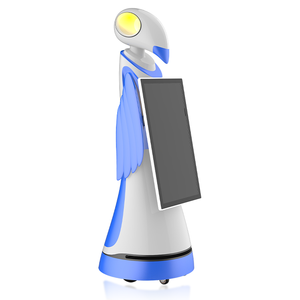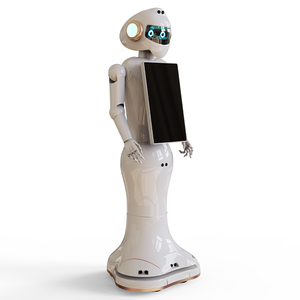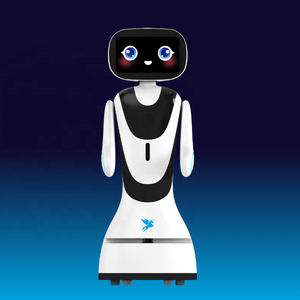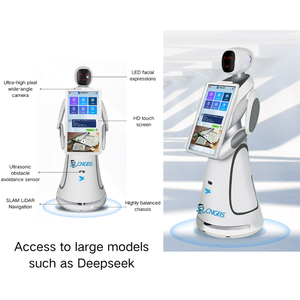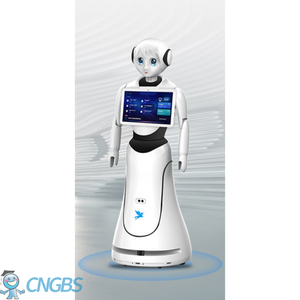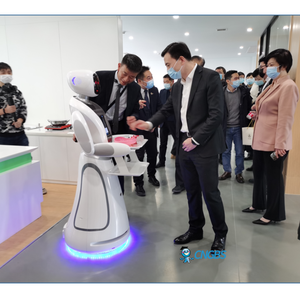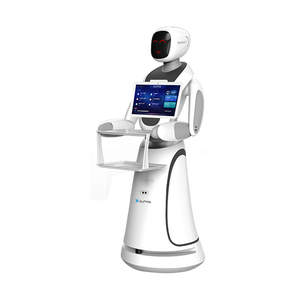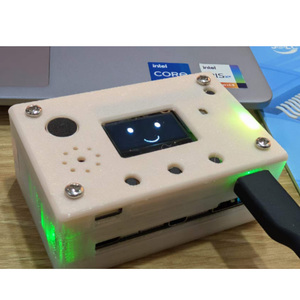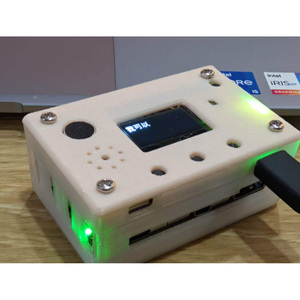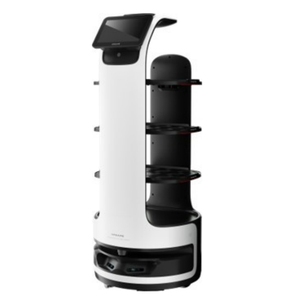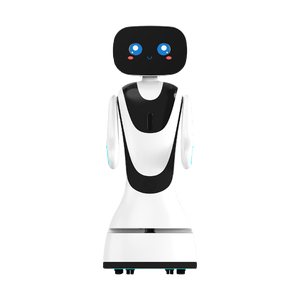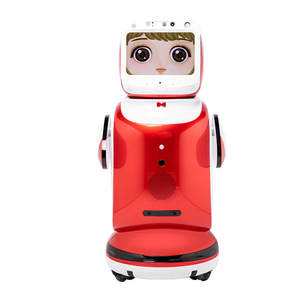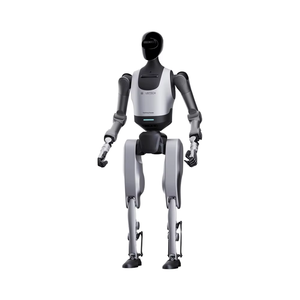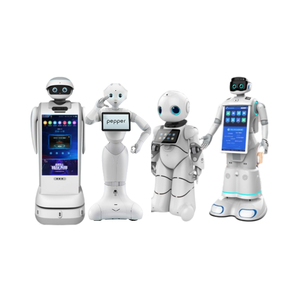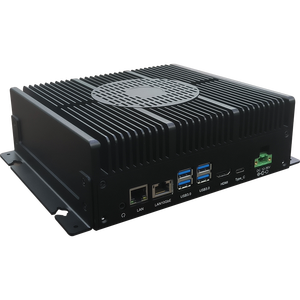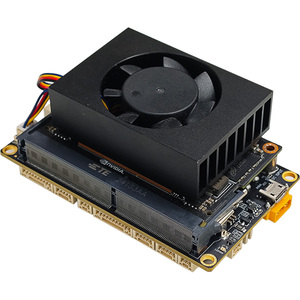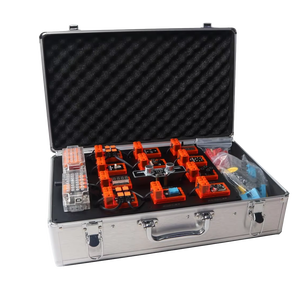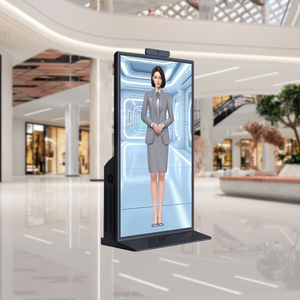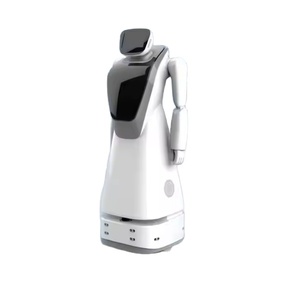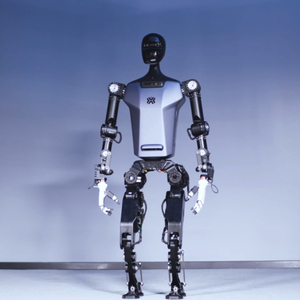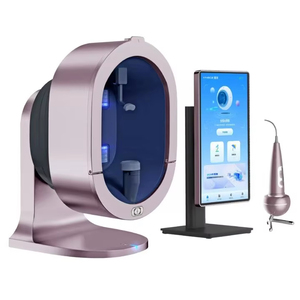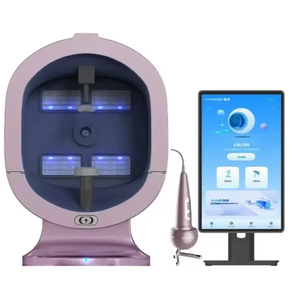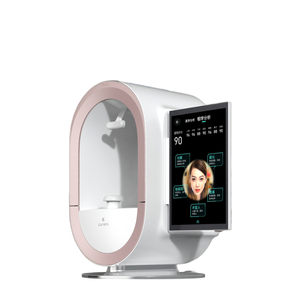Artificial Intelligence Introduction





 1/3
1/3






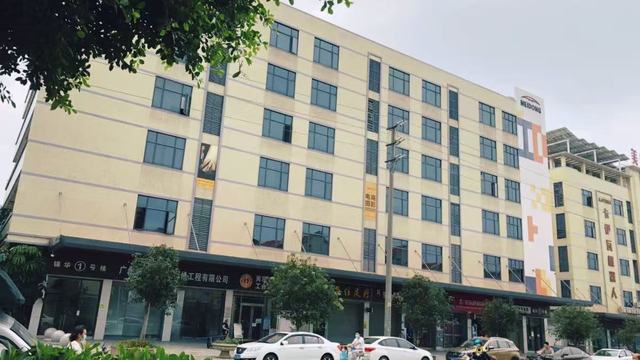
 1/1
1/1





 1/3
1/3




 1/1
1/1




 0
0



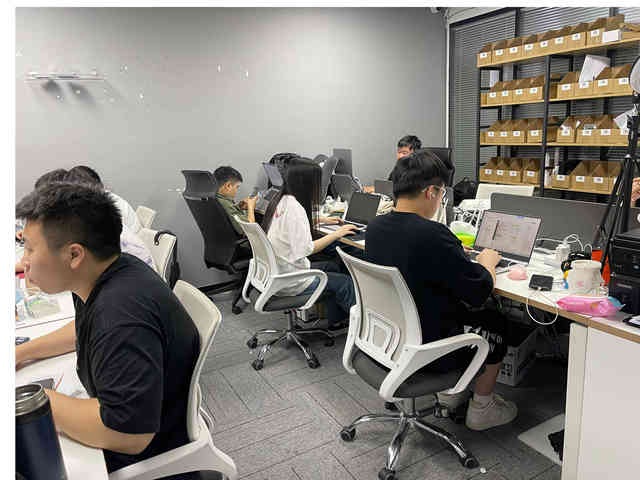

 1/3
1/3





 1/3
1/3





 1/3
1/3






 1/3
1/3







 1/28
1/28



 0
0





 1/3
1/3




 1/3
1/3



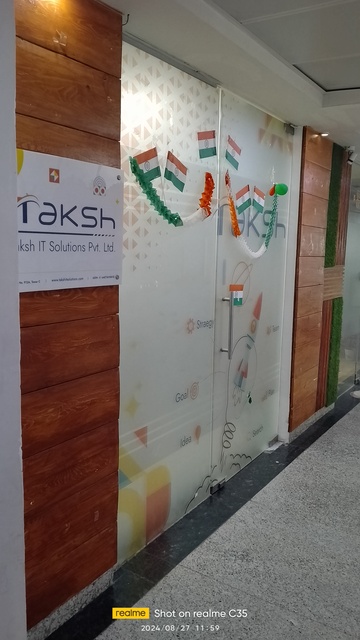

 1/3
1/3





 0
0







 1/17
1/17



 1/3
1/3








 1/24
1/24





 1/1
1/1
About artificial intelligence introduction
Where to Find Artificial Intelligence Introduction Suppliers?
China remains the central hub for commercial artificial intelligence robotics manufacturing, with key supplier clusters concentrated in Guangdong, Jiangsu, and Henan provinces. Guangdong—home to Shenzhen and Guangzhou—hosts advanced R&D centers and electronics supply chains that support rapid prototyping of AI-driven humanoid and service robots. Suzhou and Anhui regions in eastern China specialize in integrated sensor systems and autonomous navigation modules, leveraging proximity to semiconductor and industrial automation suppliers.
These industrial ecosystems enable vertically integrated production, where core components such as LiDAR sensors, voice recognition chips, and motor control units are sourced within 50km of final assembly plants. This localization reduces lead times by 20–30% compared to offshore alternatives and supports flexible batch sizing. Buyers benefit from scalable output, with facilities capable of monthly production runs exceeding 1,000 units for high-demand models like reception and delivery robots. The region’s logistics infrastructure ensures efficient global export via air freight (7–14 days) or consolidated sea shipments (25–40 days).
How to Choose Artificial Intelligence Introduction Suppliers?
Procurement decisions should be guided by technical capability, operational reliability, and transaction transparency:
Technical Validation
Confirm integration of core AI functionalities: natural language processing (NLP), computer vision, and autonomous pathfinding. Require documentation of software frameworks (e.g., ROS-based systems) and compatibility with open APIs for customization. For multilingual deployments, verify built-in language models and cloud connectivity options.
Production & Quality Benchmarks
Assess manufacturing maturity through objective metrics:
- Facility size exceeding 2,000m² indicating volume capacity
- In-house R&D teams focused on AI algorithm development and hardware-software integration
- On-time delivery rate ≥95% and response time ≤5 hours
Prioritize suppliers with verified reorder rates above 30%, signaling customer satisfaction and product reliability.
Procurement Safeguards
Utilize secure payment mechanisms tied to milestone verification. Request functional prototypes before bulk orders to evaluate speech accuracy, mobility performance, and user interface responsiveness. Insist on post-delivery technical support, including remote diagnostics and firmware updates. Validate export experience with documentation of past international shipments and compliance with destination-market electrical safety standards.
What Are the Best Artificial Intelligence Introduction Suppliers?
| Company Name | Location | Main Products | On-Time Delivery | Reorder Rate | Avg. Response | Online Revenue | Min. Order Flexibility |
|---|---|---|---|---|---|---|---|
| Suzhou Alpha Robotics Co., Ltd. | Jiangsu, CN | Humanoid Robots, Service & Reception Robots | 88% | 33% | ≤3h | US $70,000+ | 1 unit/set |
| Shenzhen Youwt Industrial Co., Ltd. | Guangdong, CN | AI Assistant Robots, Navigation Systems | 88% | 37% | ≤5h | US $70,000+ | 1 ton/kilometer/acre* |
| Guangzhou Kayiwa Robot Technology Co., Ltd. | Guangdong, CN | Commercial Reception & Delivery Robots | 100% | 50% | ≤3h | US $20,000+ | 1 dozen |
| Anhui Gongboshi Tech. Co., Ltd | Anhui, CN | Service, Delivery & Cleaning Robots | 100% | - | ≤22h | - | 1 set |
| Henan Foodline Machinery Co., Ltd. | Henan, CN | Restaurant & Hospitality AI Robots | 100% | 33% | ≤3h | US $10,000+ | 1 unit |
Performance Analysis
Guangzhou Kayiwa stands out with a 50% reorder rate and full on-time delivery record, indicating strong product-market fit in commercial service robotics. Suzhou Alpha Robotics and Shenzhen Youwt report higher online revenue volumes, suggesting established export channels and diversified product portfolios. Notably, Anhui Gongboshi achieves perfect delivery performance despite limited public transaction data, though slower response times may affect communication efficiency. Henan Foodline offers accessible entry points for hospitality-focused buyers with unit-level MOQs and competitive pricing. Suppliers in Guangdong and Jiangsu demonstrate superior responsiveness, with average reply times under 5 hours—critical for iterative technical discussions.
FAQs
What is the typical minimum order quantity (MOQ) for AI introduction robots?
MOQs vary by supplier and model. Some offer single-unit purchases (e.g., $2,600/unit), while others require dozens or non-standard units (ton, kilometer, acre) likely indicating mislabeled listings. Verified suppliers typically accept 1–2 units for initial trials, with volume discounts starting at 5+ units.
What are common price ranges for commercial AI robots?
Prices range from $1,600 for basic models to over $13,000 for advanced humanoid systems with full autonomy and multilingual support. Mid-tier service robots average $3,500–$7,000 per unit, depending on sensor configuration and software capabilities.
Do suppliers support customization?
Yes, most suppliers listed offer programmable AI functions, customizable greetings, branding integration, and API access for enterprise system interoperability. Confirm software development kits (SDKs) and technical support availability prior to ordering.
What is the average lead time for AI robot orders?
Standard orders typically ship within 15–30 days after confirmation. Custom configurations involving software modifications or hardware adaptations may extend lead times to 45 days. Prototype delivery usually takes 20–25 days.
Are AI robots compliant with international safety standards?
Compliance varies. Reputable suppliers design products to meet CE, FCC, or RoHS requirements upon request. Always confirm certification status and request test reports for electrical safety, EMC, and battery performance before import.

















